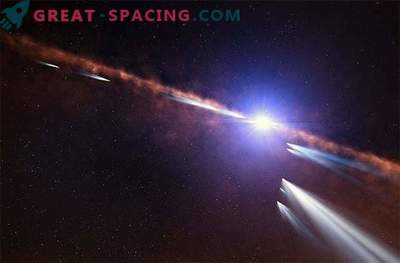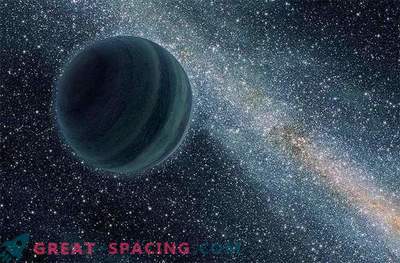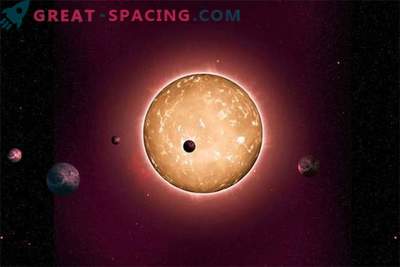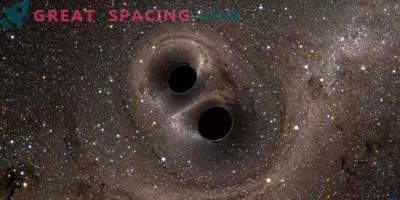
Scientists for the first time managed to get the mass of a young planet using data from the Gaia spacecraft and its predecessor Hipparcos. Astronomers have been able to remove the Beta Painter mass b from movement around the host star for a long period of time. This is a gas giant, like Jupiter, but 9-13 times more massive. Revolves around the star Beta Painter (the second brightest in the constellation).
The planet was discovered in 2008 in photographs from the Very Large Telescope (Chile). Its age is only 20 million years, which is 225 times younger than the solar system. Such young indicators are even more intriguing and create difficulties in learning using conventional methods. The bottom line is that the planet has literally just formed, so you can better understand how the process of nucleation and development, and also see its behavior in the early evolutionary stages.
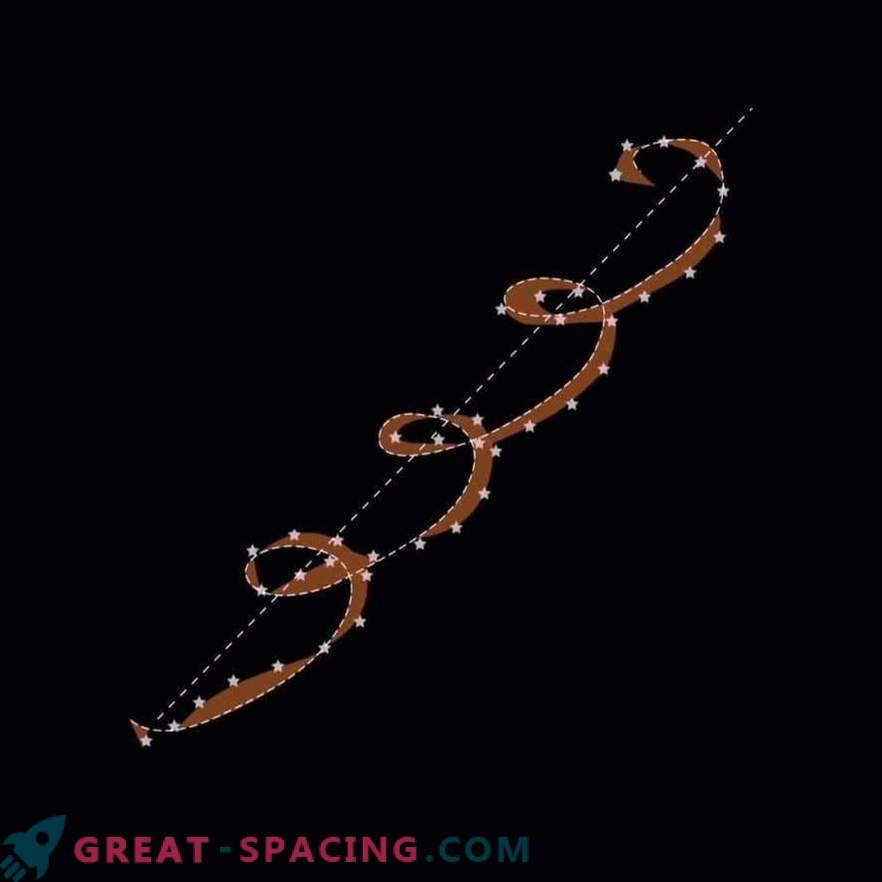
Planet Beta Painter b is visible in orbit around the main star in the image from the 3.6-meter telescope of the European Southern Observatory and the NACO instrument on the 8.2-meter Very Large Telescope. The Beta Painter System by age has reached only 20 million years, which is 225 times younger than the Solar System But the star is still very hot, it rotates and pulsates quickly, which makes it difficult to accurately measure the radial star velocity. Usually, tiny changes in radial velocity are used to calculate the planetary mass. But this method works for those systems that have already passed through the fiery early stages of evolution.
In the case of Beta Painter b, the radial velocity method only allowed to approach the upper limits of the mass range. To get a more accurate estimate, the researchers turned to Hipparcos and Gaia measurements, which show the exact position and motion of the star. Thus, “tiny fluctuations” are fixed in the star's trajectory through the sky - insignificant deviations from the expected course caused by the gravitational attraction of the planet in orbit.
Astronomers can measure the mass of exoplanets, considering the tiny deviations in the trajectories of their stars caused by the gravitational pull of orbiting planets. They are observed in direct visibility (small changes in radial velocity) or on the celestial plane using astronomical measurements. In order to derive accurate estimates, astronomical observation must last for many years. The white dotted line shows the evolution of a stellar trajectory caused by a combination of parallax and proper motion. The brown line is the range of deviations of the star's trajectory created by a possible planet To get such an estimate, you have to watch the star for a long time. Gaia's mission is able to provide information about a large number of planets. The second data release included a review of Beta Painter (30 times). But this is not enough. The fact is that for several years it is also necessary to monitor the position of the star. Therefore, Gaia information was combined with Hipparcos mission indicators, which observed the star 111 times in 1990-1993.
This is an important step towards a better understanding of the processes associated with the formation of planets, and also anticipates the discovery of new worlds that will appear in future releases of Gaia.

